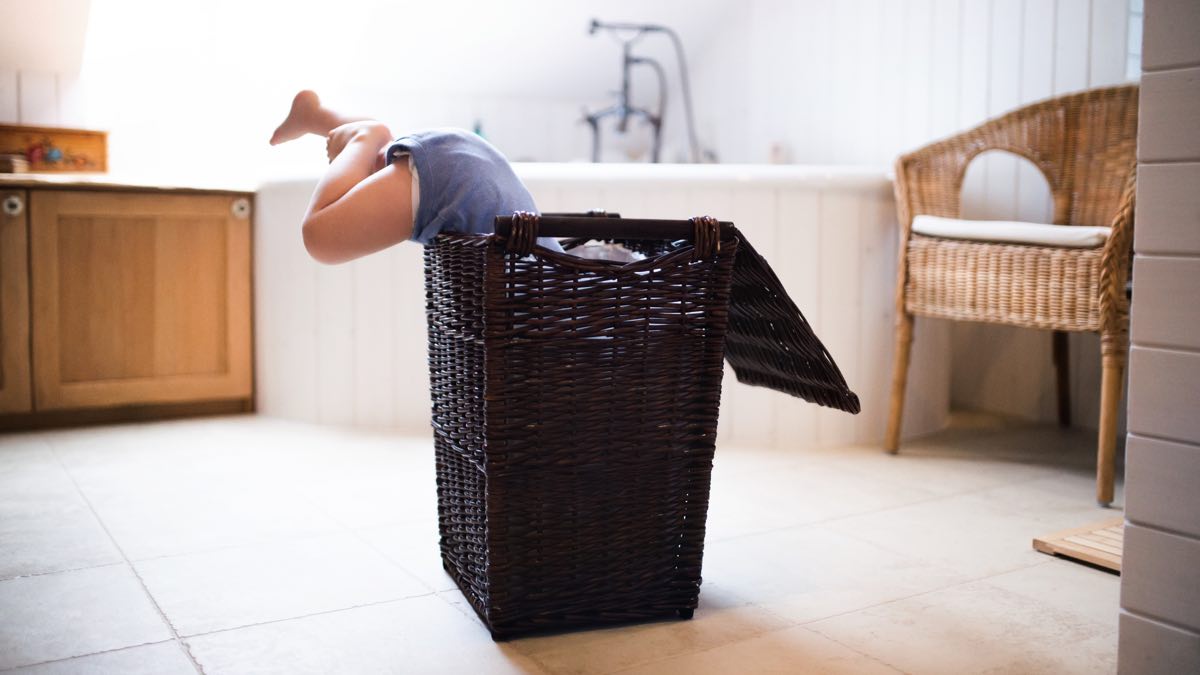If you’ve got a baby on the way, that means you’ve also got a baby-proof home on the way. Baby-proofing is no small challenge, as it can be hard to catch every possible danger in your house. When it comes to making baby-friendly home improvements that can also increase your home’s property value, we’ve got you covered with these seven renovation tips.
Bear in mind that these are only renovation tips. Installations, like furniture fixtures and socket plugs, are also essential to keeping a safe home but are not the focus of this article.
Add a Baby Proof Cabinet or Shelf
Some extra storage space never hurts when it comes to protecting your baby. Knives, plates, cups, and anything else that’s either sharp or has the potential to be sharp should be out of reach and safely locked away. An extra cabinet with a childproof lock can do just the trick.
When it comes to building a cabinet, special consideration should be placed on where it’s mounted. As soon as your baby starts crawling, they can surprise you with how easily they get on top of counters, tables, chairs, etc., so making sure that your baby can’t climb on top of anything to reach the cabinet or shelf is essential to keeping those objects safe.

Increase Your Square Footage
Don’t be fooled by their small bodies – babies need a lot of room to grow. Tight spaces in your house are on a roadmap to danger, as toddlers can bump into walls or tables as they fine-tune their motor skills.
On the list of DIY home renovations, adding extra square feet to your house isn’t all that daunting. Adding space in the basement and turning it into the baby’s play zone is a child-safe option, as is adding or renovating an outdoors deck so that stairs, railings, and splinters aren’t a danger. Giving your baby that extra room can prevent thousands of accidents from occurring.
If you are planning on making a bit of a mess with some walls being knocked down and re-done, don’t forget to think about the questions you need answers to, e.g. do you need a concrete dumpster? Can you do this alone? Will you need help from actual professionals? When you know exactly what to do, you will be able to get this all sorted before the baby arrives with minimal issues.
Update Your Home Lighting
Old, outdated lighting can spell disaster for toddling kids. Freestanding lamps and candles are easy to knock over. Additionally, poor lighting can make it hard for babies to see clearly, as their eyes aren’t fully accustomed to light and distance until they approach their first year.
Luckily, this is an easy fix. First, get rid of the candles and lamps – even if they’re properly installed, they can still cause trouble. Second, invest in a new lighting system. Whether you go for recessed lights, track lights, or a simple chandelier, keeping all the lights and wires well above everyone’s heads is best. Last, switch out your lights to energy saving bulbs with dimmer switches. LED and halogen bulbs are great energy savers, and dimmer switches allow you to control the light from being too extreme for baby’s sensitive eyes.
Change the Flooring
Old flooring and bad carpeting can put undue stress on a baby’s body. Hardwood floors can be painful to play on, and old wood splinters easy. Additionally, floors that lack carpeting also lack the carpet’s ability to trap harmful chemicals and organic compounds in the air – making it safer for the baby to breathe.
Carpeted floors are a great option for infants, but you have to be careful that the carpets don’t have any harmful chemicals and will benefit the air your baby breathes. When looking for carpeting, check to see if the carpet has the Carpet and Rug Institute’s (CRI) “Green Label Plus” stamp. This stamp confirms that the carpeting has an extremely low amount of VOCs (volatile organic compounds) that can pollute your baby’s breathing air and foster a more unsafe environment. On top of that, you can rest assured that your baby won’t be uncomfortable on the ground it plays on.
Install a Door in Your Kitchen
The kitchen is perhaps the most dangerous room for children. Sharp, breakable objects are everywhere alongside wires and electric appliances. It’s best to keep babies out at all times. To do this, installing a door or partition can work wonders. Whether it’s a sliding glass door or a simple swing door, making sure that the kitchen is completely walled off is the most effective way to prevent any disaster.
Update Your Windows
The benefits of touching up your windows are twofold. First, it can greatly improve the lighting in your house. Cleaning your window panes and letting the natural light in can restore the natural light in your house. As we’ve already established, good lighting is essential to fostering a safe home.
Second, updated windows can account for any potential hazards in the room. Window blinds and curtains with long strings can present a choking hazard, and old blinds and screens might not be properly fixed into the window, making them more liable to fall down at any given moment. Give your windows a checkup before you let baby into the room.
Repaint the Walls
Lastly, consider updating your wall paint. Older homes especially might have paint with lead or other toxic chemicals, so be sure that your home isn’t secretly polluting the air. Additionally, the color of your walls can impact your child’s emotions and well being. Baby-proofing a room by using soft, neutral colors, as well as keeping the palette from being overstimulating, can go a long way in ensuring your baby’s comfort.
Keeping a house baby-proof is no easy feat, but these renovation tips will make earning the title “father of the year” so much easier.
